Soil Texture Explained : What Type Of Soil Do I Have? Is It Clay, Silt, Gravel, Sand Or Loam?
That's right, we're talkin' soil texture. What you've got, and what you should have. Getting your soil right is the most important step in planting so listen up!
If you dig deep enough into your soils you will see different layers called ‘horizons’.
These layers look different because of colour or particles within, like sand or rocks or organic material. The particles can all be different sizes, the smallest size being clay, so let's look at this first.

Clay
By definition Clay particles are smaller than 0.002mm in diameter, that’s pretty small! Clay soils get sticky when they are wet and when packed together make for heavy soils.
You can tell you have clay if you can mould a sample into a ribbon and it holds it’s shaped. Because clay soils are composed of tightly packed particles it makes it hard for plant roots to push through and for air to get in (not good!). Clay is really the same stuff they make clay pots out of so it holds too much water and doesn’t release it which is bad for your plants. It tends to clump together. However, the good thing about clay is that they are a readily available source of minerals and they do absorb acids.
Silt
Silt particle sizes are a bit bigger, from 0.002mm up to 0.05mm (so still tiny in comparison to gravel!). It feels like flour in between your fingers when it's dry, but slippery when wet. When you see mud, like in a floodplain, it’s composed of silt. The ancient Egyptians farmed on silted land because it was fertile; the downside is that it was picked up by the next flood and carried away. When dry, silt is easily blown away.

Sand
Now we are getting gritty! Sand particles are easily seen, being 0.05mm thick up to 2mm in size. You've all seen this stuff, whether it be at the beach or a kiddies sandpit - it's one of the easiest to recognize. Sand tends to be good if you have succulents or cactus where you prefer to lose a lot of water, you don’t want to hold a lot of water.
Gravel
Anything larger than 2mm is considered gravel. It’s coarse to the touch and probably too rough for exfoliant creams! Great on the farm roadway though.
Now you've got that sorted, how does it apply to your soils?
You know you need a soil that holds water but drains freely, is easy to wet but doesn’t crack when dry, and is easy for your water and roots to move through and thrive! Loamy soil - this is what you want - it holds moisture but it also breaks up and your roots don’t have to fight so much to push through the soil, they use that energy to create more roots rather than using their energy to fight through the soil.
Loams have equal mixes of sand and silt plus a small amount of clay. The open spaces allow water, air and roots to pass through easily and the clay sticks it together. This is the kind of soil that you want to take your shoes and socks off and let it ooze between your toes - and are suitable for growing most plants! 
So, by these basic descriptions, you should be able to identify your soil type- clay, loam, sandy loam or sand (in order of grittiness).
What else might you be seeing in your garden bed?
Organic material can, and should, be mixed in there with your soil. This includes any vegetation, manures, dead roots, dead soil organisms and their excretions. Organic material further opens soils up, and as it degrades, it provides humus.
Humus is black crumbly material resistant to further decomposition - it stores nutrients for later use by plants, holds moisture and improves structure. It’s good stuff.
 How your soils perform will depend on rainfall in your.
How your soils perform will depend on rainfall in your.
If you have clay soils and you live in a wet climate you will have to consider how best to manage the abundance of water in your garden (remember, clay is not the best for drainage). You can provide intercept drains, mound garden beds for runoff or install subsurface drainage.
A longer-term strategy may include the deep ripping of soils to 400mm and incorporating sand and organic material to create some better drainage for your leafy friends.
Sandy soils are another challenge. It’s gritty and usually hungry, water and nutrients pass straight through the profile. You want to capture that water by incorporating loam or some clay and add lots of organic material.
It takes time to change your soil character but really worth it for lush and healthy plants.
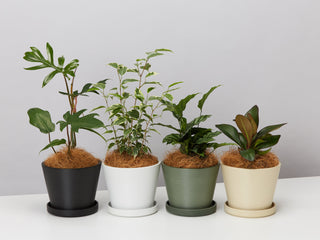
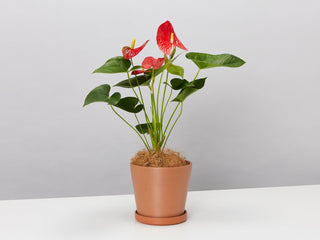
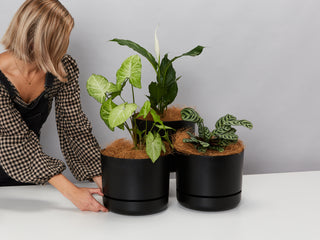
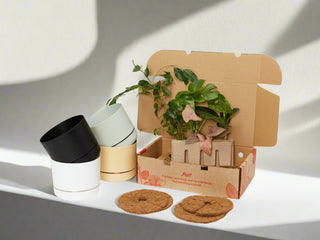
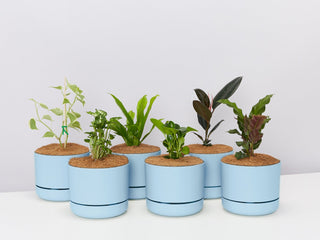
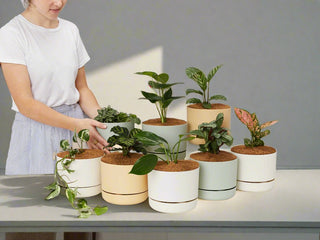
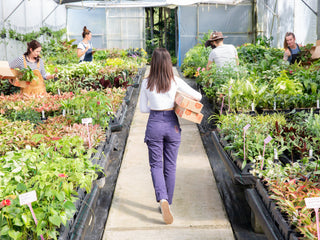

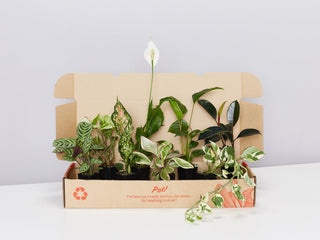



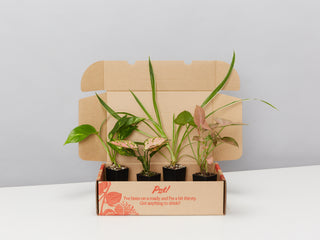
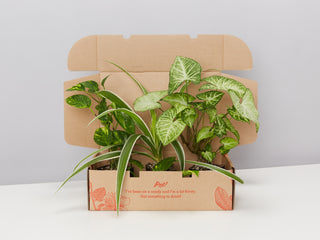
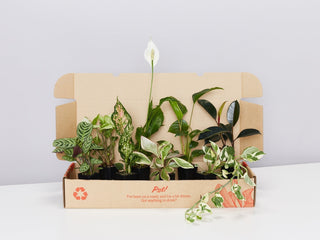
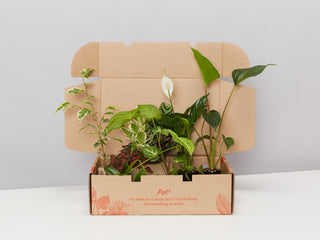
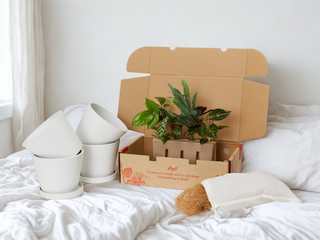
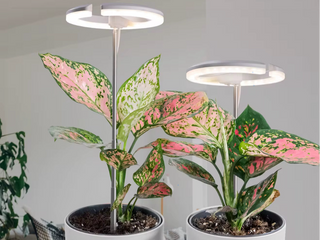

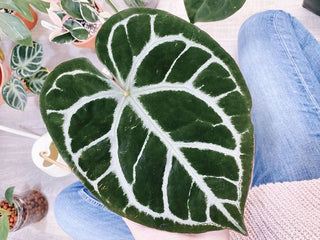
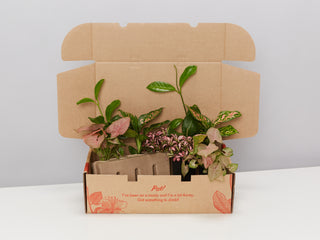
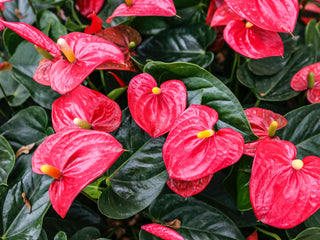
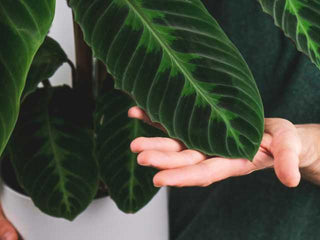
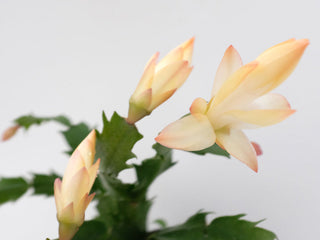
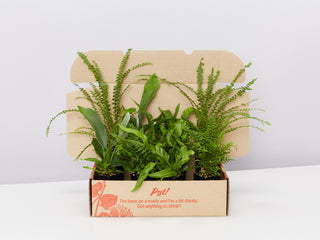
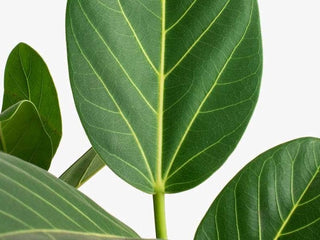
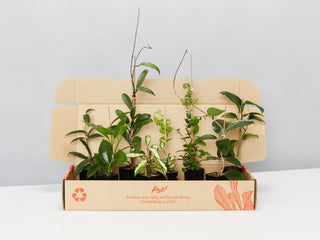
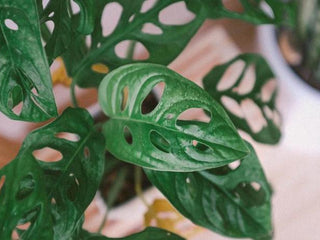
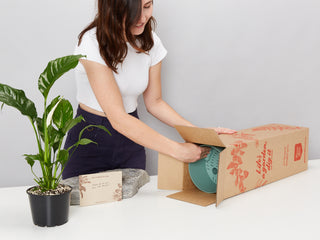
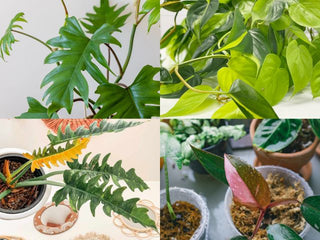
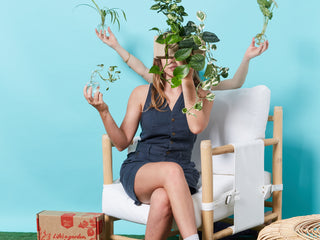
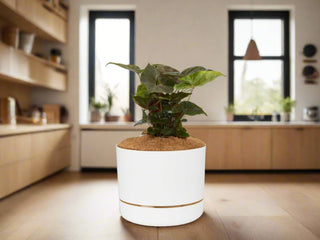
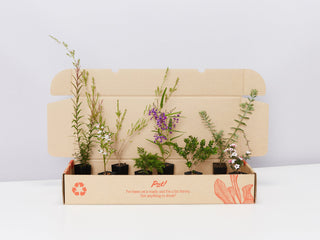
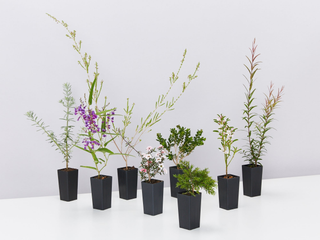
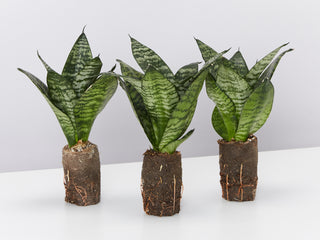
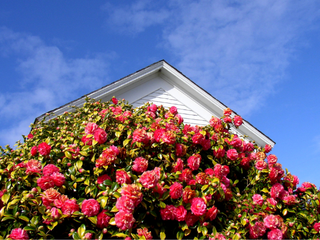
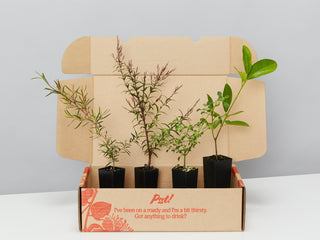
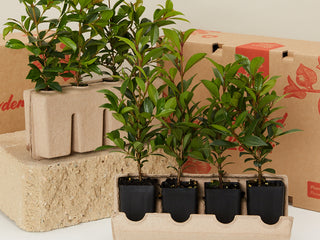
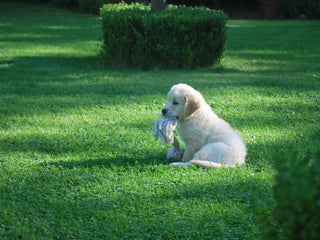

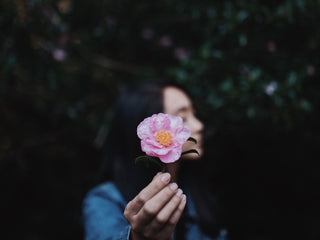
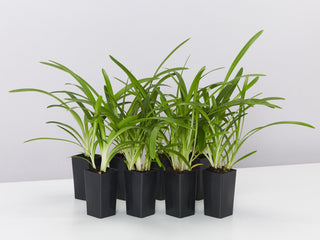
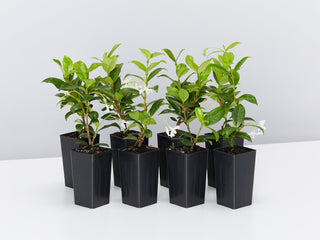
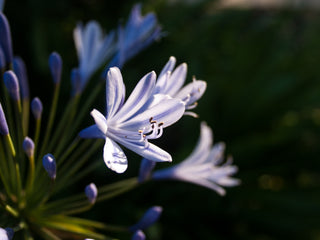
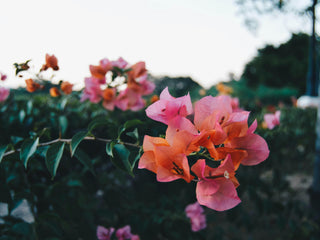
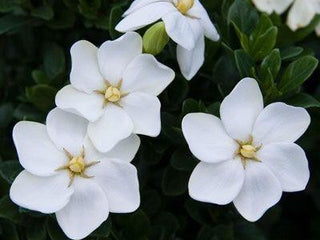
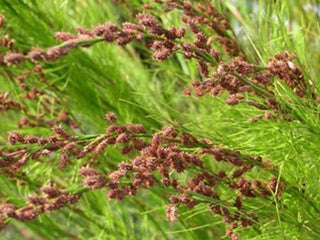
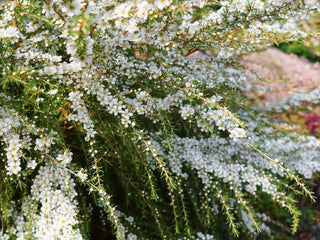
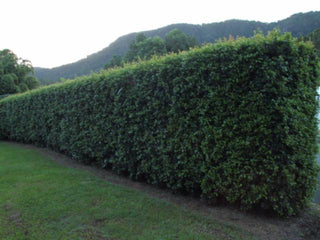
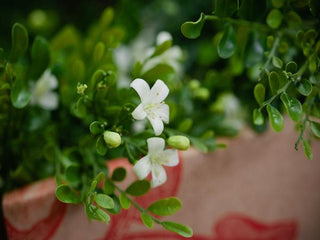
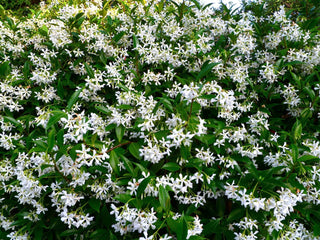
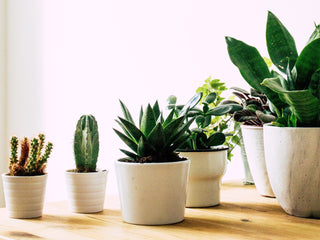
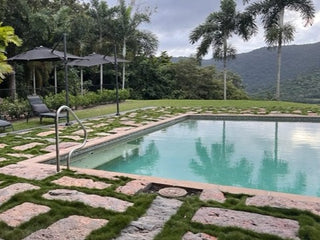
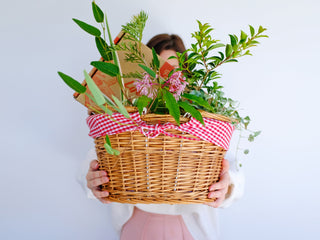
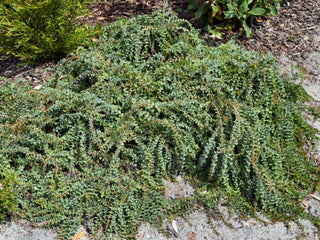
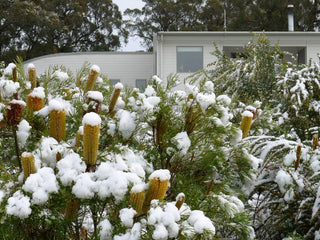
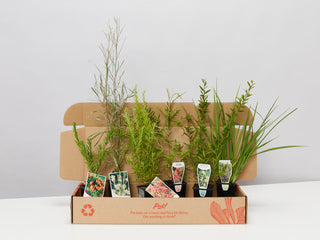
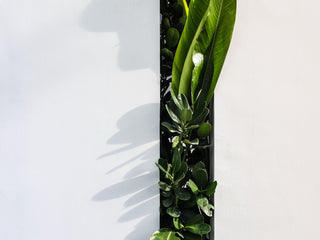

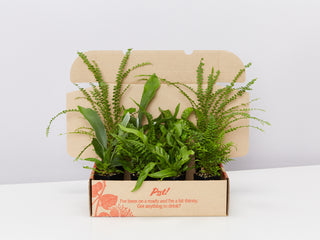
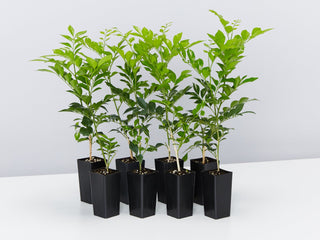
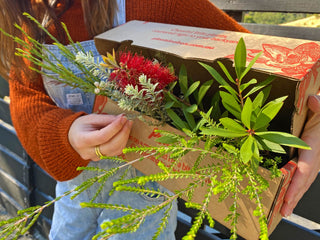
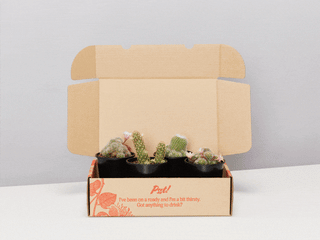

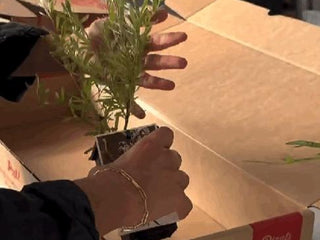
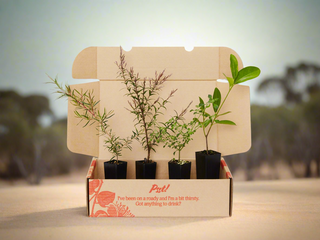
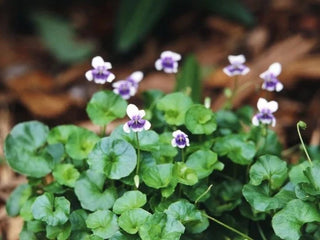
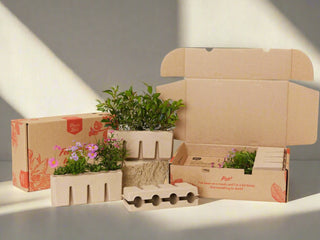
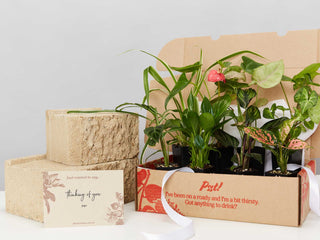
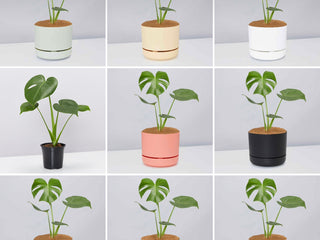
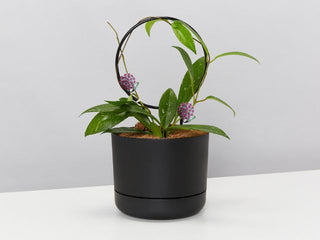
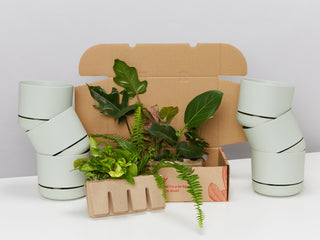
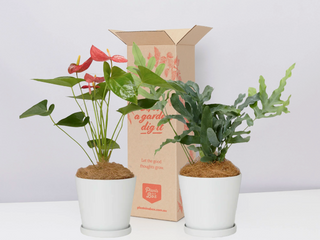
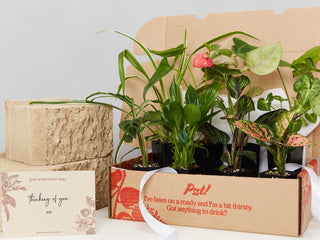
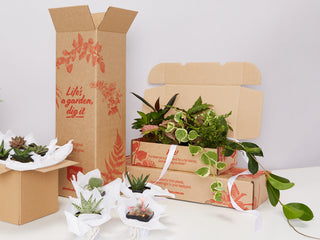

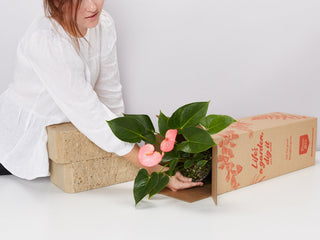


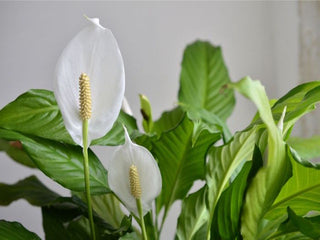
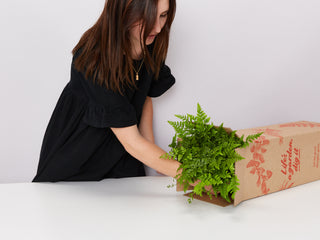

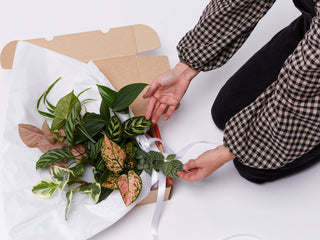
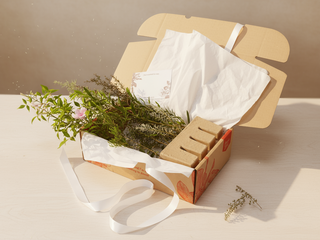
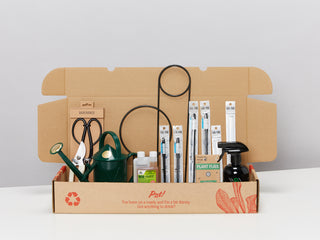
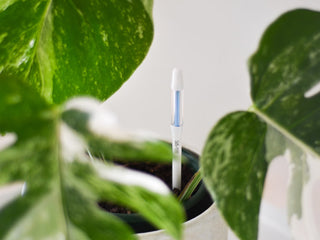
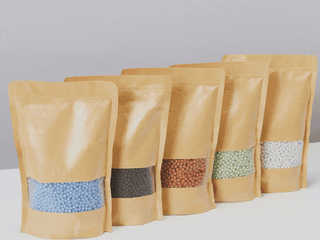
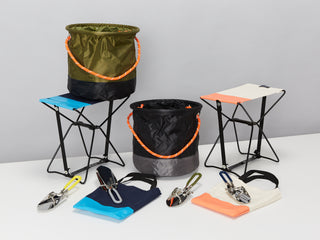
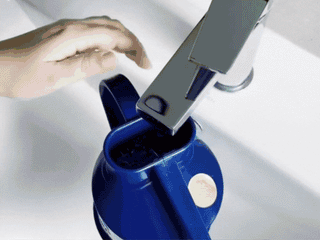

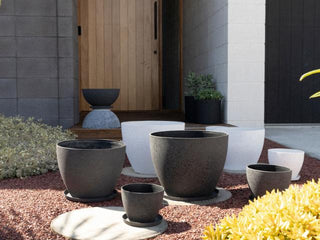

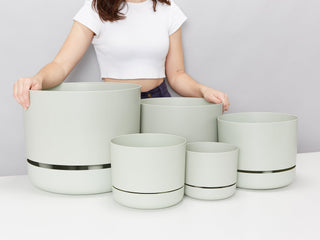
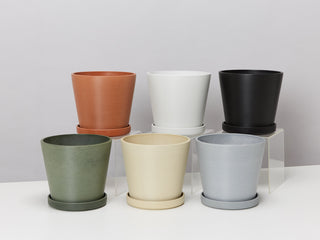

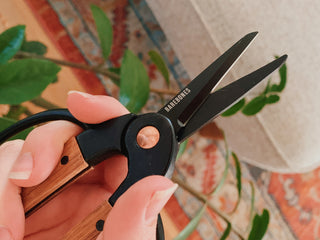

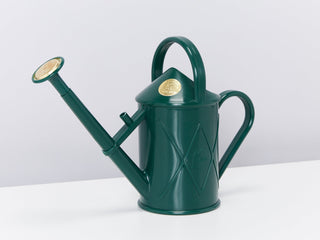
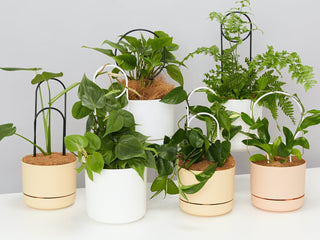
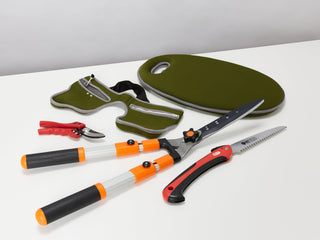
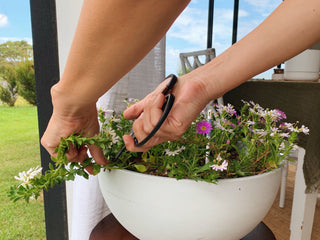
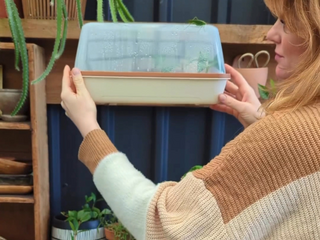
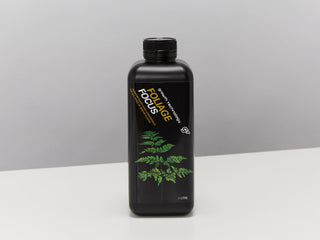
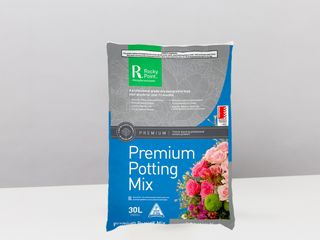
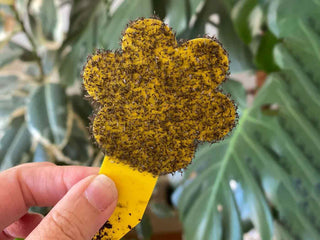
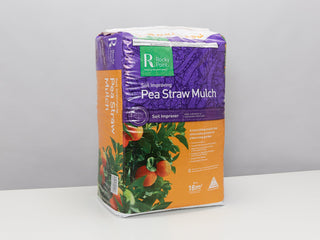
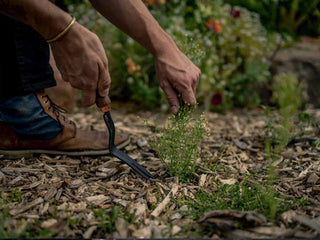
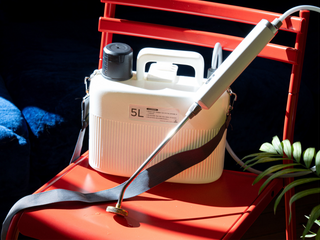

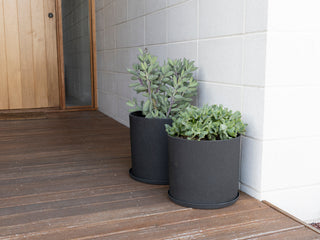
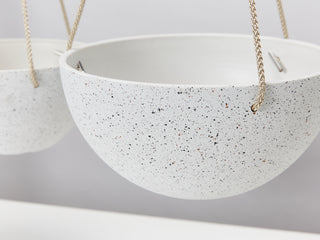

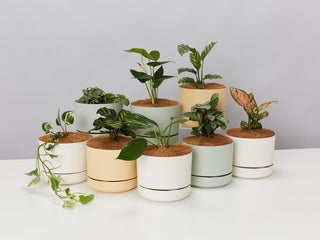
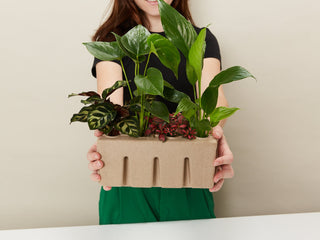

 How your soils perform will depend on rainfall in your.
How your soils perform will depend on rainfall in your.